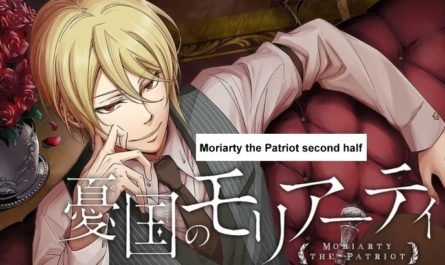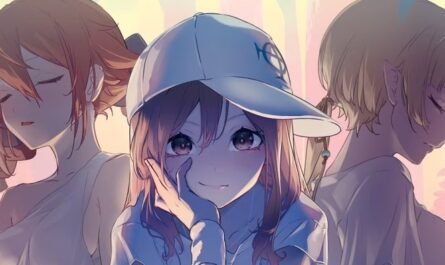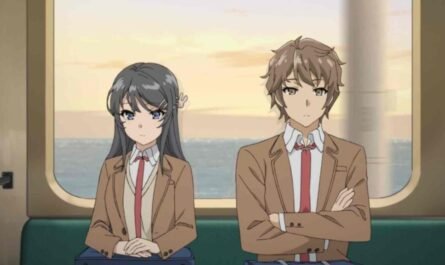The TV anime Yubisaki to Koii,” which is based on the romance manga by Suu Morishita currently being serialized in “Monthly Desert” (Kodansha), will be broadcast on TOKYO MX, MBS, and BS Nippon TV. It is a love story between Yuki Itose, a female college student with hearing impairment, and Itsuomi Naki, a university senior who travels the world, and the delicate expressions make it appealing. We asked director
Yuta Murano about the behind-the-scenes aspects of the film’s production. [Special photo feature] Beautiful images, expressions that move emotions, and famous scenes from the popular work “Yubisaki to Koii” are all released at once
Don’t make your hearing loss any more sad than necessary.
What are your impressions after reading the original work? What was important to you to express the charm of the original work in the anime?
I got the impression that it was a very modern story. Whether a person with a physical characteristic should be considered a shackle should be decided by the person concerned, not someone else. The main character, Yuki, must recognize this as a definitive shack.
That is the power of this work, and it is a message that should be conveyed through this work in modern times. Even in meetings at the production site, I thoroughly communicate this to them: “Please don’t make me feel any more sad about my hearing loss than necessary.” Many masterpieces depict the reality and hardships of being deaf, but that is not the aim of this work.
I heard you were in charge of storyboarding all the episodes.
When I thought about the points I needed to remember when turning this work into a film, I realized that only a few points must be considered at the storyboarding stage.
Things like how to pick up delicate changes in emotions, how to convert the silent expressions unique to the original work into images, how to set up the play for characters who use sign language, and calculation of production costs such as which sign languages to show and which ones not to show. It would be difficult for a freelance storyboarder to work on these in parallel with other works… I thought that doing it myself would be the easiest way to proceed.
The delicate facial expressions, scene descriptions, light, and shadow are impressive. What did you put particular effort into expressing that is unique to anime?
In the manga, I use words such as dialogue and monologues to express things, but I use images as much as possible. Rather than saying, “The sky is beautiful…” and looking up at the sky, the character looks up silently, and his eyes sway quietly as he stares at the beautiful sky.
Due to the differences between manga and anime, it would be too much to explain if the manga text were transferred directly to the video, so we are very selective about what we choose. Light, shadow, clouds, snowfall, wind, and many other things are essential gimmicks in this work to express emotions. What I wanted to do with this work was to naturally translate those things onto the screen and express the delicate feelings of the characters.











